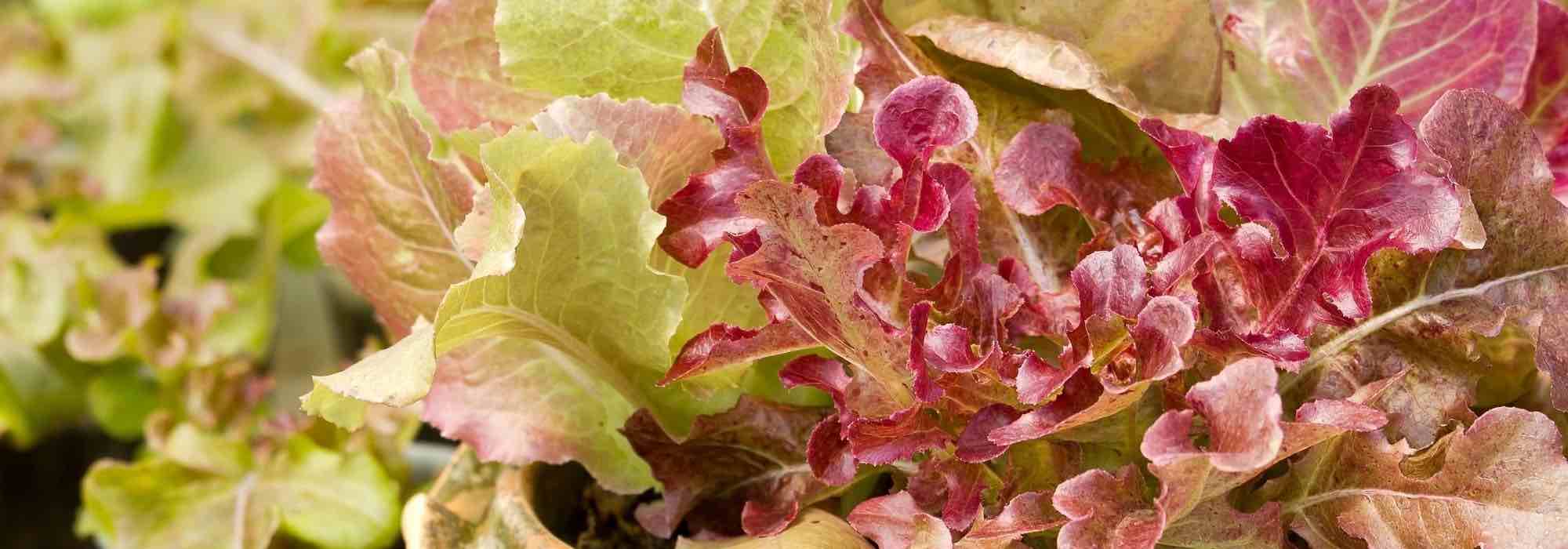
Growing lettuce in pots
What you need to know to plant and care for it
Contents
Endive, lettuce, lamb’s lettuce or rocket: there are many varieties of salad to add colour and crunch to our recipes! In the vegetable garden, they are quite easy to grow, as they do not require specific care, apart from a few waterings. Some salads, like lettuce, are particularly suited for pot or container cultivation, allowing even those without a garden to enjoy salads grown by their own hands. How to plant them, which varieties to choose, and how to maintain your salads in pots on the balcony, window sills, or terrace? Here are all our tips.

It’s a daily joy to be able to enjoy your own salads… even without a garden!
Choosing Your Salads for Pots and Window Boxes
Before planting salads in pots, take the time to choose your varieties carefully. In theory, all of them are suitable for this choice, but it is still advisable to avoid those that grow too large at ripeness, as they may quickly run out of space, unless you have enough room and can install suitable containers.
Among the most common categories of salads that can be grown in pots, we can mention:
- lettuces, which are easy to grow and require little space
- Chicories, including escaroles, curly chicories, or Italian varieties. All share a more or less pronounced common trait: their delicious bitterness
- lamb’s lettuce: rich in vitamins C and E, iron, and carotene, lamb’s lettuce has a rapid growth and does not exceed 15 cm in height: ideal for balcony cultivation! Depending on the varieties, it is a salad for autumn or winter harvest, allowing you to extend your harvests into the late season
- mescluns: this term of Nice origin means “mix”, specifically a mix of young shoots combining lettuces, rocket, chicories, lamb’s lettuce, spinach, purslane, etc., depending on the season. These young shoots do not have time to develop to “adult” size as we harvest the tender young shoots, allowing for cultivation in planters and pots. For sufficiently generous harvests, it is ideal to plan several planters or pots
- rocket, with a spicy and slightly peppery taste. It adapts very well to small spaces, can be enjoyed in salads, enhances dishes, and can be used to make a strong-flavoured homemade pesto. It is a plant rich in vitamin C and iron
- purslane, which forms cushions up to 15 cm high from which we can harvest the tastiest young shoots
Diversifying your sowing will allow you to diversify your diet, so do not hesitate to grow as many varieties of salads as you can.
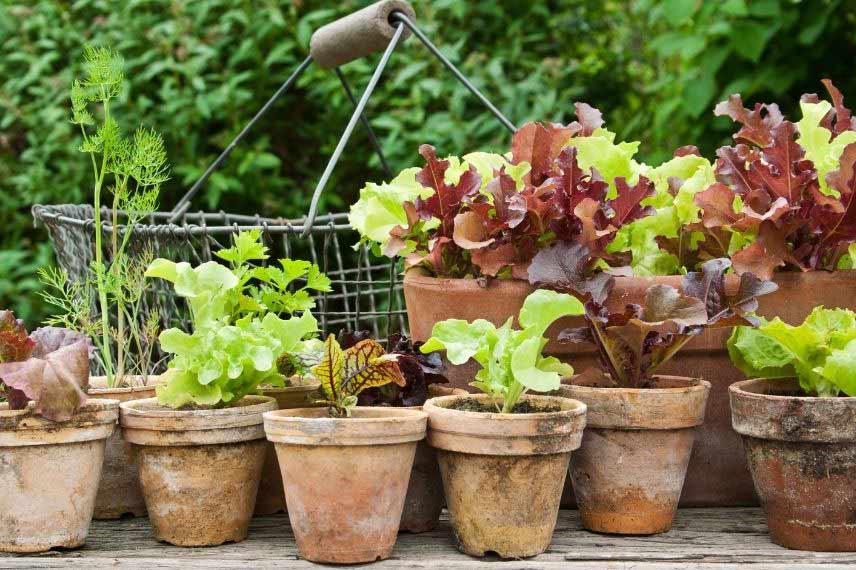 A multitude of salads can be grown in pots: do not hesitate to diversify your crops
A multitude of salads can be grown in pots: do not hesitate to diversify your crops
Read also
15 salads for summerChoosing the right container and substrate
Choosing the Right Container for Growing Salad in Pots
You can plant your salads in a window box, but also in a pot or even in a wooden crate if you’re a keen recycler. Just make sure that the size of the container is suitable for the spread of the salad; then choose a pot with drainage holes to allow water to escape from the bottom.
Salads are generally planted in partial shade, which is why they thrive particularly well in pots. This choice allows you to give them sunlight when the air remains cool, and to keep them in the shade so they are not weakened by hotter days, which pose a threat to their healthy development.
On average, in a 40 cm long window box, you can plant up to 3 salads. For larger salads (such as chicories, etc.), opt for larger containers. The spacing you maintain between your different salad plants in the window box will depend on the size of the salads you wish to harvest. If you want larger specimens, you need to give them more space. Conversely, if you need smaller salads (lamb’s lettuce, rocket) and young plants, you can stick to a minimum of 30 cm in width per plant, knowing that a depth of 15 to 20 cm is always sufficient.
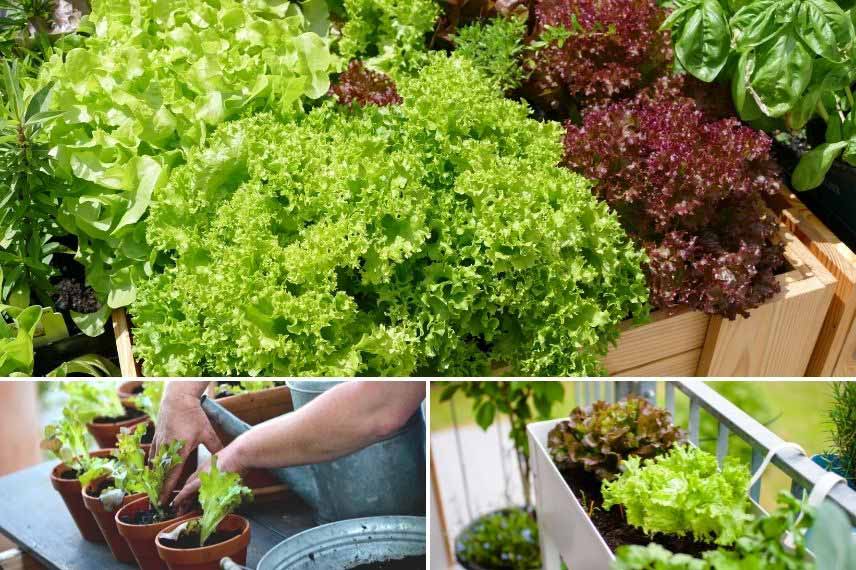
Large containers, small pots, or window boxes, salad can be grown in a multitude of containers
Choosing the Right Substrate for Growing Salad in Pots
Salads need to have well-drained soil at all times. The holes at the bottom of your pot won’t be enough; you should also start by placing a layer of about 5 cm of gravel or clay balls for this purpose.
Next, create a mix made up of 50% garden soil and 50% compost. This will provide the humus that salads need while retaining the moisture necessary for the healthy development of all your plants.
Alternatively, using a suitable potting soil is also possible. Don’t hesitate to use a vegetable garden potting soil to plant your salads. This substrate retains water, provides nutrients to the plants, and ensures good aeration at the root level. It is an excellent compromise if you do not have compost available, as it contains direct nutrients in the form of fertiliser and indirect nutrients in the form of organic matter.

A good, well-suited substrate is key to successfully growing your salad in pots
Discover other Salad leaf seeds
View all →Available in 1 sizes
Available in 1 sizes
Available in 1 sizes
Available in 1 sizes
Available in 1 sizes
Available in 1 sizes
Available in 1 sizes
Available in 1 sizes
Available in 1 sizes
Available in 1 sizes
Caring for Your Potted Salads: Tips to Know
It is not difficult to grow salads successfully: just water them occasionally and harvest them as needed for your cooking. However, your results will be even more satisfying if you consider these few tips.
Sow and plant at the right time
The ideal time to sow your salads in pots depends on the chosen variety: sowing takes place between February and October. Corn salad can be sown in April or early autumn, escarole between May and July, and lettuce between April and September. When purchasing your seeds, always check the recommended sowing period.
If you are planting young plants, it is not enough to choose the right month and season for planting your salads in pots. It is also advisable to plan this task on a rather cool day, when the sky is slightly cloudy, ideally early in the morning or in the evening. If you do it in the middle of the day and in full sun, the plants may dry out.
Choose the right exposure
Salads need sunlight to thrive, but they are sensitive to extreme heat. The first and last sowings of the year should be done in full sun, while the others should be in partial shade.
Knowing when to harvest your salads in pots
Some “cut-and-come-again” salads are harvested leaf by leaf. These are perfect varieties for individuals living alone or those who do not eat salad often. Others, which are mixes of “young leaves” like mesclun, can be consumed very early. “Whole heads,” on the other hand, are picked more or less early depending on the varieties, and always in their entirety. By cutting at the base, the plants will regrow new salads that you can harvest again a few weeks later.

Protect salads from slugs
Particularly sensitive to slugs, salads can be protected in a completely natural way, without resorting to chemical products. To do this, make two hoops to place on either side of the container, then use them to attach a net that will act like a mosquito net. Ensure that no holes form, otherwise slugs will find their way to your salads… The planter can be secured with a tensioner or a cord to ensure the net is completely closed.
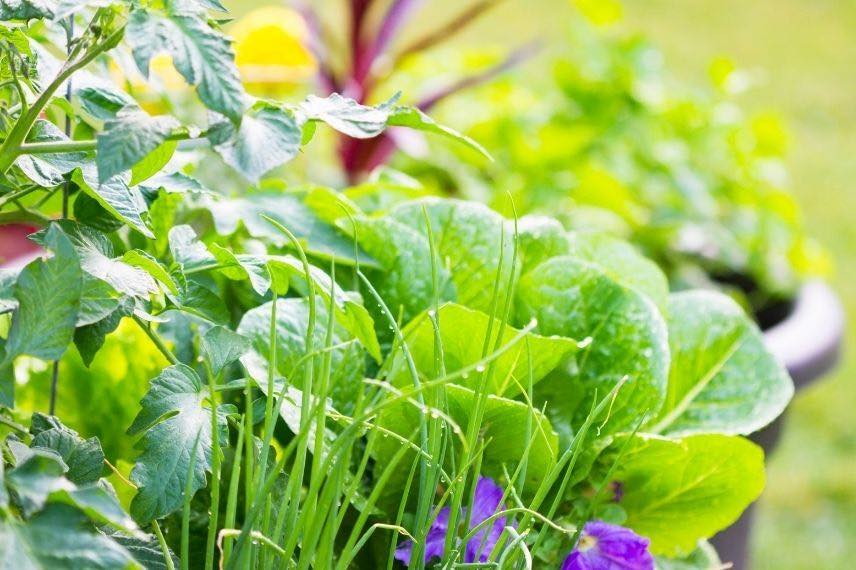
Slugs love young salad shoots
Read also
Lettuces to harvest in autumn and winterFor further reading...
To grow your salads like an expert, feel free to consult our articles:
- Succeeding in growing lettuces: from sowing to harvest
- Chicories: sowing, cultivation and harvest
- Lamb’s lettuce: sowing, cultivation and harvest
- Rocket: sowing, growing and harvesting
- Purslane: sowing, growing and harvesting
- Subscribe!
- Contents
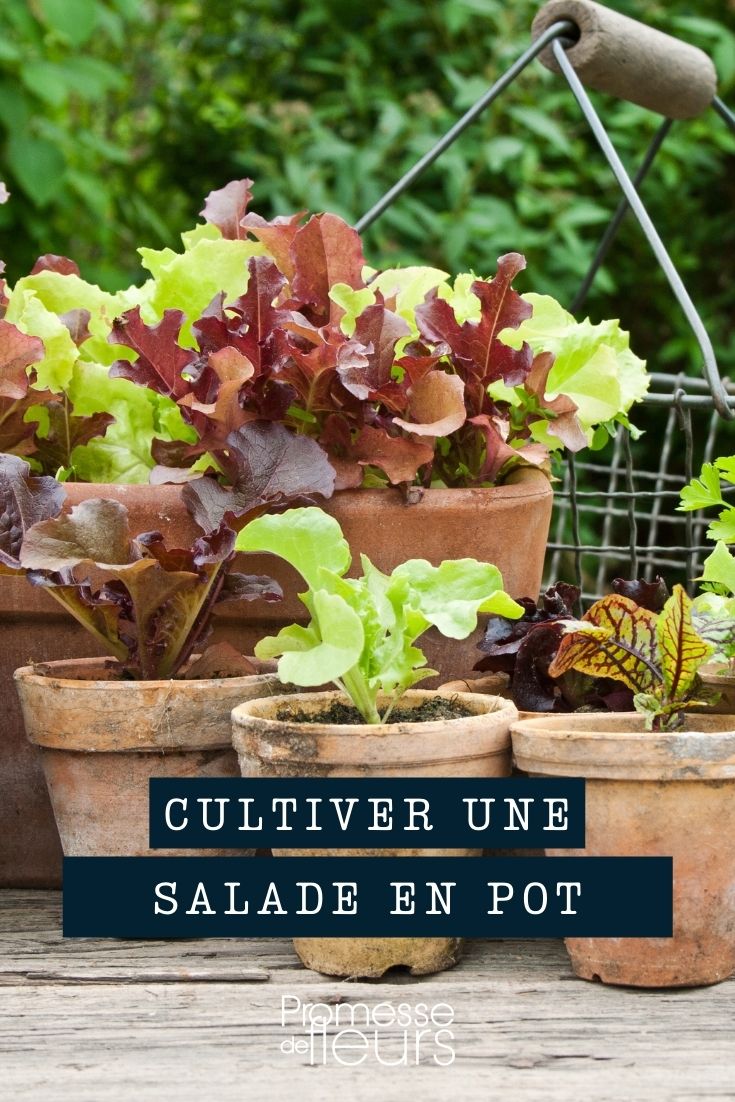































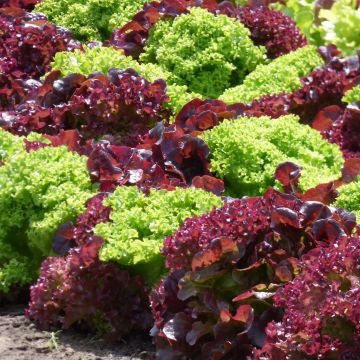
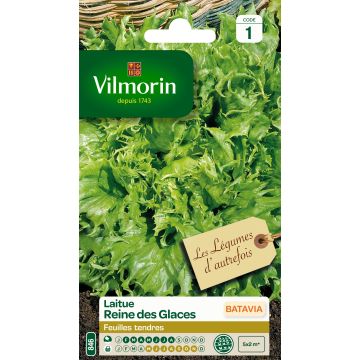

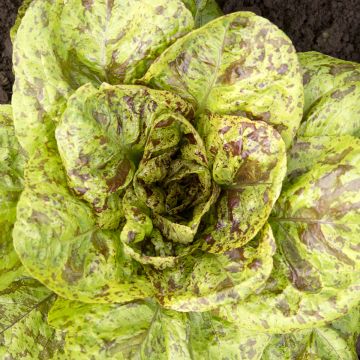
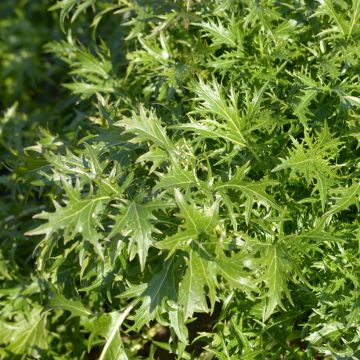
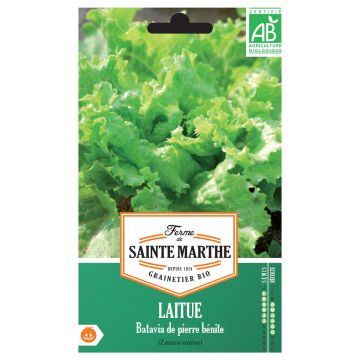
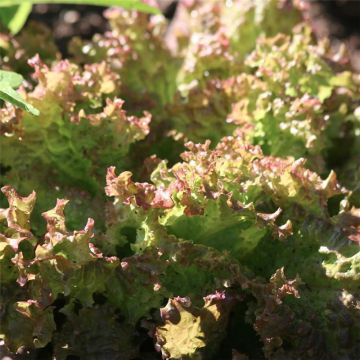
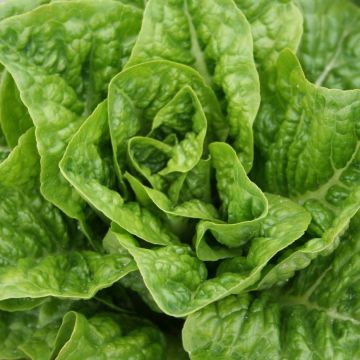
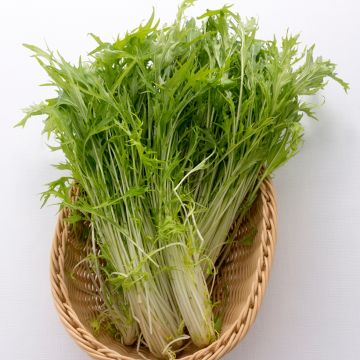
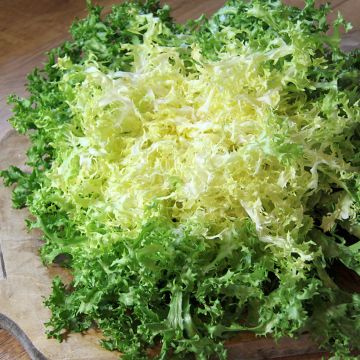
Comments